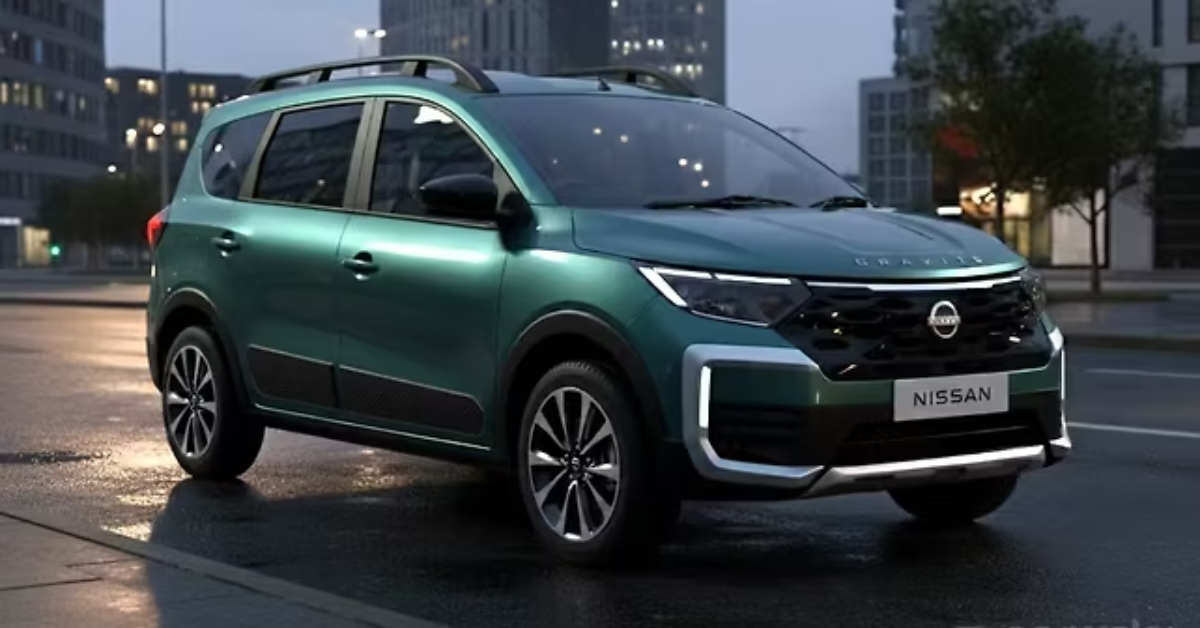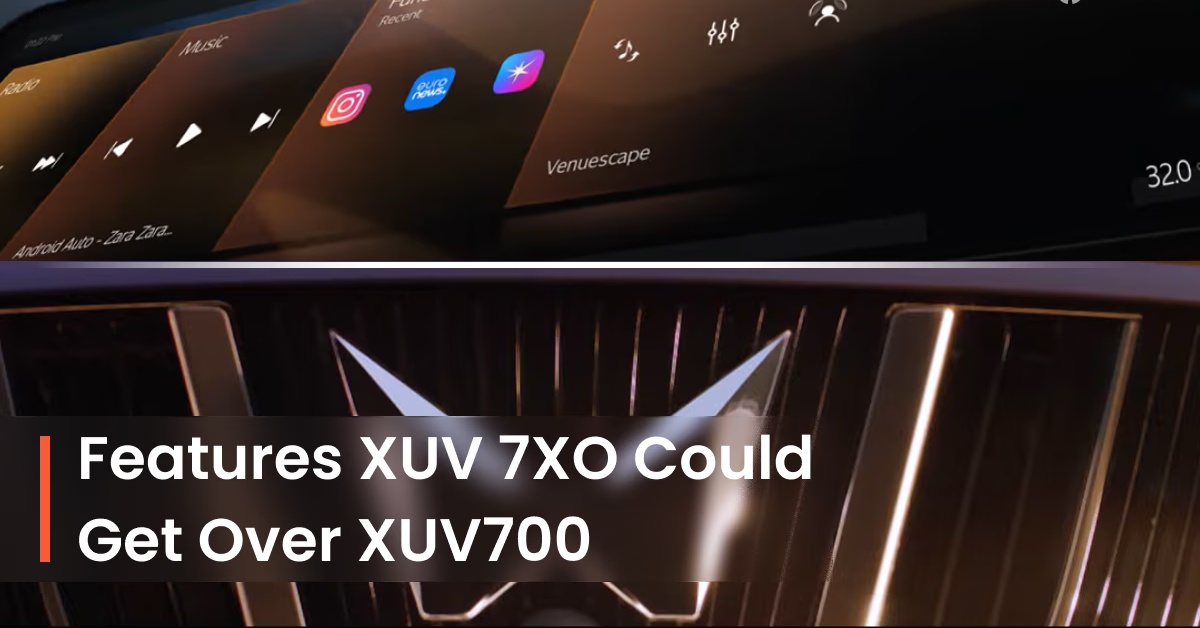Nissan has sold its 51% stake in its Chennai-based manufacturing facility (RNAIPL) to partner Renault, leaving Renault as the sole owner of the plant. Under this restructuring, Renault will build Nissan models on a contract-manufacturing basis, while Nissan transitions from owner to customer at this facility.
2. Why ₹4,000 Crore? The Financials
Though the companies did not officially disclose the transaction amount, earlier reports noted Nissan had invested over €550 million into new products. This sell-off marks a major shift in its capital allocation strategy in India.
3. Nissan’s Motive: Low Market Share, High Cost
Despite heavy investments, Nissan managed only ~28,000 car sales in FY 25, capturing barely 0.7% of India’s annual market (~41 lakh units). With local manufacturing capacity grossly underutilised (factory capacity ~4 lakh units, utilised at only ~33%), the plant was a financial drain.
4. What This Means for Nissan: Stay, but in a New Form
Despite divesting its factory, Nissan insists it is committed to India. The company plans to pay Renault on a per-vehicle basis to produce new models—two new SUVs, an MPV under ₹10 lakh, and electrics are on the roadmap. Importantly, ownership of the Renault Nissan Technology & Business Centre India (RNTBCI) remains shared (Renault 51%, Nissan 49%).
5. Renault’s India Bet: Platform for Growth
Renault is consolidating its presence in India. As the sole owner of the Chennai plant, Renault aims to invest in EV production and new models, replicating its past Indian successes like the Duster and Kwid. The plant now offers Renault full flexibility to optimise operations and scale domestic and export business.
6. Nissan’s Future India Strategy
Far from exiting, Nissan plans to invest €700 million over two years in India. The goal: to launch multiple new models, expand dealer network to ~180 outlets, and increase exports to reach 200,000 annual units by FY 27. Nissan will retain access to plant capacity via outsourcing and will remain a sales-and-service-focused brand in India.
7. Upsides & Risks
- ✓ Flexibility & Lower Capital Burden: Nissan will switch to a variable-cost, contract-manufacturing model, reducing fixed asset exposure and improving cash flow.
- ✓ Continued India Presence: The company affirms it won’t retreat, promising model launches, service support, and export continuity.
- ✗ Execution Risk: Success depends on delivering six new models, ramping up exports, and marketing effectively in a competitive Indian landscape.
- ✗ Brand & Dealer Confidence: With only one model locally produced (Magnite), Nissan needs to strengthen its brand identity and distribution reach rapidly.
8. Bigger Picture: Alliance Restructuring
This realignment is part of a global restructuring within the Renault–Nissan–Mitsubishi Alliance. Renault is reducing capital tie-ups and focusing on lean collaboration; Nissan is pivoting toward agility. India becomes a testing ground for this Alliance evolution.
9. Implications for Consumers & Industry
- Consumers: Access to more Nissan‑branded models on established platforms with expected affordability.
- Industry: Signals a shift in global automakers’ India strategies—from full ownership to flexible partnerships and contract manufacturing.
- Eco‑design: With EVs slated for production at RNAIPL, this could accelerate India’s electric transition.
Final Thoughts & Outlook
Nissan’s ₹4,000 crore‑class divestment is not an exit—it’s a transformation. By shifting from operator to customer of its core facility, Nissan aims to right‑size its India presence: low fixed costs, higher launch velocity, and an export‑centric model. Meanwhile, Renault gains autonomy to scale its Indian ambitions independently. The next few quarters will test whether this hybrid structure can yield growth—if Nissan can launch the planned line-up and win sales, the move may prove prescient. If not, India could yet become a cautionary chapter in their global playbook.

Hello, my name is Himanshu Kumar and I am an experienced Digital Marketer. I have been blogging for the last 4 years and I have special interest in SEO. Here I give you easy bikes and writes easy-to-understand reviews and news about the latest bikes, helping readers choose the best options.. My aim is to always provide you with accurate, new and useful information.





